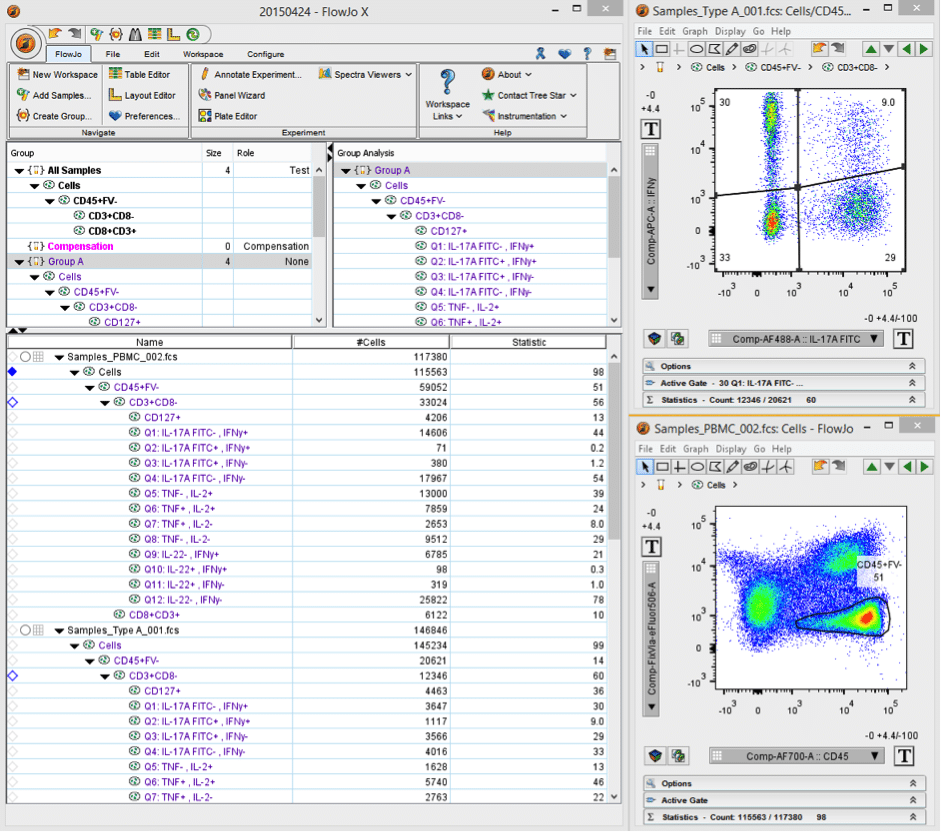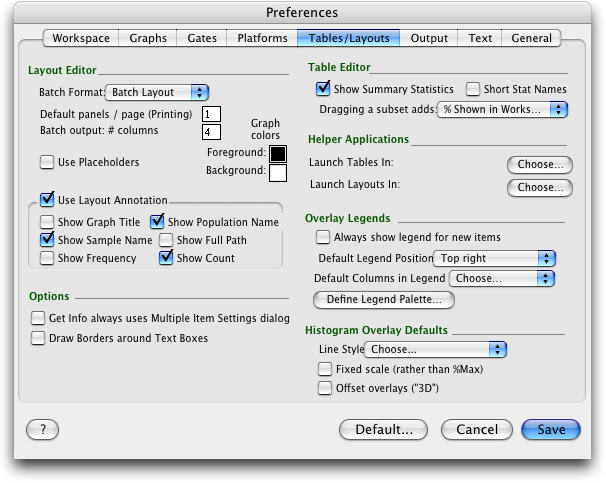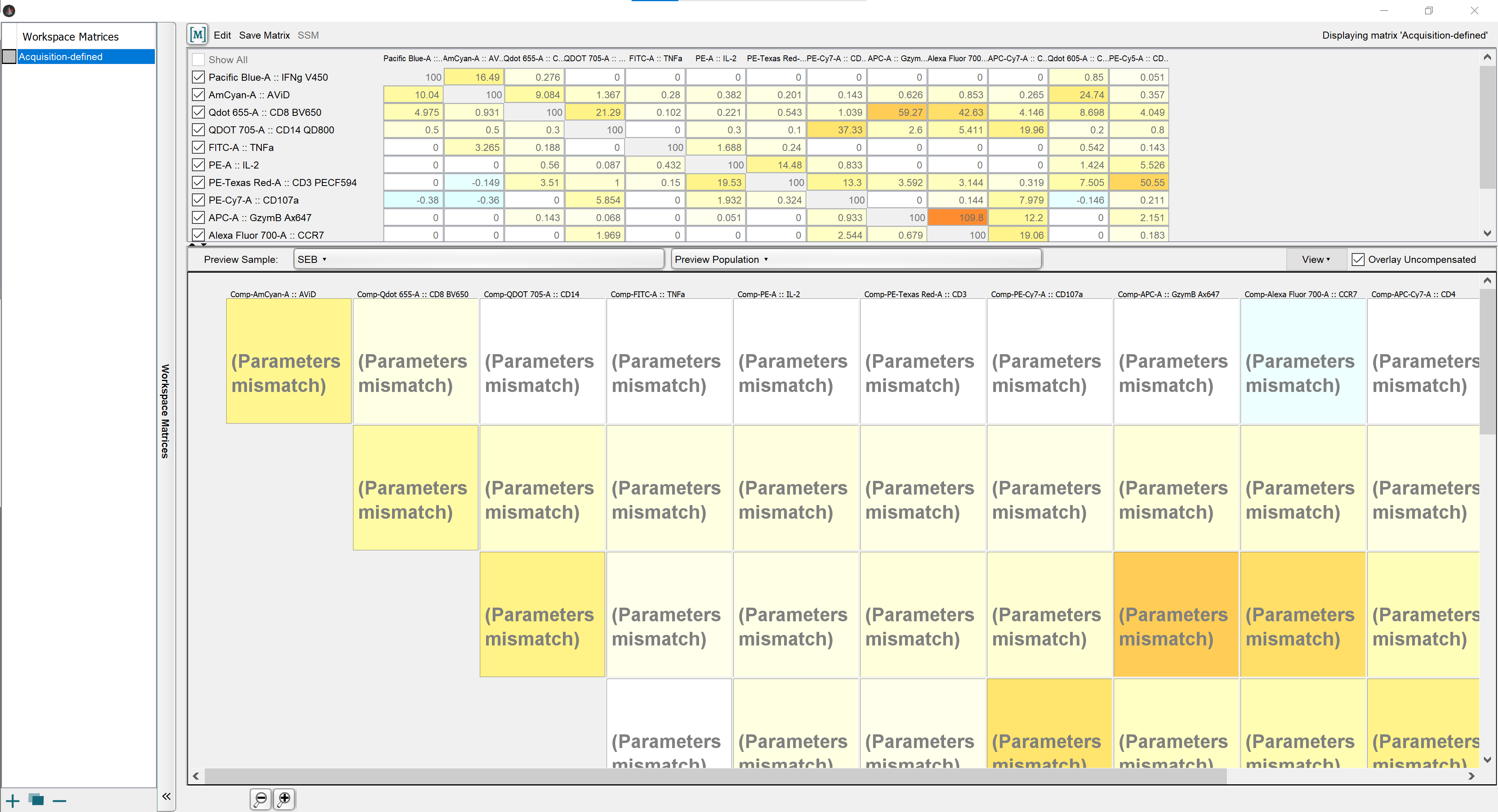

If you use SQL Server Always On availability groups to host the site database, modify your recovery plans as described in Prepare to use SQL Server Always On. When you recover a site, there's no check for the state of the files.
Make sure the MDF and LDF files are valid. SQL Server can't be set to single-user mode. Other SQL Server configuration requirements: Restoring a site database from Standard edition to Enterprise edition isn't supported. However, it's supported to restore a database to a newer version.ĭon't change the SQL Server edition. 
If possible, use the same version of SQL Server. Use a supported version and same edition of SQL Server The server is now ready for the Configuration Manager restore procedure.
 Restore the content library and other databases like WSUS. Manually delete the Configuration Manager installation folder, and any other Configuration Manager folders.
Restore the content library and other databases like WSUS. Manually delete the Configuration Manager installation folder, and any other Configuration Manager folders.  Uninstall the Configuration Manager site. Clean an existing server for full recovery Manually delete the site database from the SQL Server. Make sure to note the SQL Server name and instance name. Also back up any other supporting databases, like WSUS. Clean an existing server for site database recovery only Confirm that all of the above registry keys are deleted. Uninstall the Configuration Manager console. Delete any registry entries starting with SMS from HKLM\System\CurrentControlSet\Services. Delete SMS registry keys: HKLM\Software\Microsoft\SMS. Use one of the following procedures to clean an existing server: Clean an existing server for site server recovery only Reuse an existing server that you've cleaned Make sure it meets the general and recovery requirements. Use a new server, that meets the general and recovery requirements.įormat the disks, and reinstall the OS on the existing server. Use one of the following options for the server hardware: Any previous configurations can cause conflicts during the site recovery process. Make sure existing configurations aren't present on the site server. When you're upgrading your on-premises infrastructure and not actively recovering a failed site, review the information in the following articles: SSMS crash.This information applies only to site recovery scenarios. Using the Tab navigation feature from ApexSQL Complete, a free add-in for SSMS and Visual Studio, all scripts can be retained in any of the aforementioned scenarios e.g. Retrieve unsaved SQL query scripts/files with the Tab navigation option This will provide the list of all executed scripts on the server that was executed in the last 24 hours. dm_exec_query_stats AS execqueryĬROSS APPLY sys.
Uninstall the Configuration Manager site. Clean an existing server for full recovery Manually delete the site database from the SQL Server. Make sure to note the SQL Server name and instance name. Also back up any other supporting databases, like WSUS. Clean an existing server for site database recovery only Confirm that all of the above registry keys are deleted. Uninstall the Configuration Manager console. Delete any registry entries starting with SMS from HKLM\System\CurrentControlSet\Services. Delete SMS registry keys: HKLM\Software\Microsoft\SMS. Use one of the following procedures to clean an existing server: Clean an existing server for site server recovery only Reuse an existing server that you've cleaned Make sure it meets the general and recovery requirements. Use a new server, that meets the general and recovery requirements.įormat the disks, and reinstall the OS on the existing server. Use one of the following options for the server hardware: Any previous configurations can cause conflicts during the site recovery process. Make sure existing configurations aren't present on the site server. When you're upgrading your on-premises infrastructure and not actively recovering a failed site, review the information in the following articles: SSMS crash.This information applies only to site recovery scenarios. Using the Tab navigation feature from ApexSQL Complete, a free add-in for SSMS and Visual Studio, all scripts can be retained in any of the aforementioned scenarios e.g. Retrieve unsaved SQL query scripts/files with the Tab navigation option This will provide the list of all executed scripts on the server that was executed in the last 24 hours. dm_exec_query_stats AS execqueryĬROSS APPLY sys.








 0 kommentar(er)
0 kommentar(er)
